
Jeffrey Hamilton/Photodisc/Getty Images
Turning biodegradable waste such as food scraps and yard trimmings into compost or recycling them through your local yard waste collection facility, eliminates a large portion of any household or business’s waste stream. However, the bulk of waste does not biodegrade quickly or ever. By thinking ahead, you can reduce your waste generation and reuse packaging rather than throwing it away.
Consider Packaging
When buying food or consumer goods, the U.S. Environmental Protection Agency recommends you choose products with recyclable or reusable packaging, such as plastic or glass jars. If that’s not possible, choose the product with the least packaging. For example, if one set of headphones comes in a plastic shell and another comes in a cardboard box with a plastic window, choose the latter. At the office or at home, buy reams of paper packaged in paper and cardboard, not plastic.
Use Cloth Items
The CalRecycle website recommends using cloth towels, napkins and rags for cleaning and eating and reusable bags—particularly cloth bags, for shopping, picnicking and transporting items. To reduce waste even more, cut up old clothes for rags and napkins and cut raggedy beach and bath towels into hand towels rather than buying new ones. You can even sew your own reusable bags from jeans or canvas.
Cover and Store Leftovers in Reusable Containers
Don’t buy aluminum foil, plastic wrap or waxed paper. Use glass or plastic containers with lids to store leftovers. Rather than transferring food from serving dishes into storage containers when you’ll eat it within the next day or two, place a plate over the top of the plate or bowl and put it right into the refrigerator.
Buy in Bulk
CalRecycle recommends buying items like cereals and grains in the largest available packages to reduce packaging waste. Many grocery stores have a bulk items section where you can buy the exact amounts of grains, cereals, pasta, rice, dry beans and spices you need. Bring your own reusable bags to the store to buy bulk goods.
Reuse Food Jars for Dry Storage
When you get your bulk purchases home, protect them for long-term storage by transferring them to plastic or glass food containers that you have saved. Put items you’ll use within the next few weeks, such as cereal, in plastic containers like large dairy containers. Store spices in baby food or other small jars. Pasta, rice, flour and beans can go into old spaghetti sauce or pickle jars. To remove odors from jars you plan on reusing, “Natural Home” recommends washing them with hot water and white vinegar or even letting them sit overnight with the mixture before rinsing.
Recharge and Recycle Batteries
Instead of buying alkaline batteries, buy rechargeable batteries and a charger. You can charge these batteries up to several hundred times before they are spent. When alkaline or rechargeable batteries are completely spent, recycle them through your local hazardous waste facility or a business that recycles batteries. Drugstores, hardware stores and electronics retailers are some examples of businesses that may have battery recycling programs.
Related Articles
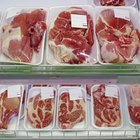
How to Feed a Large Family Healthy ...

List of Biodegradable, Every Day ...

Bugs That Get Into Pantry & Food
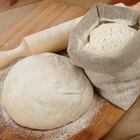
How to Store Flours & Grains Without ...

How to Prevent Moths in Long-Term ...

How to Store Clothes in Cardboard Boxes
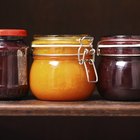
How to Store 6 Months' Worth of Food ...

What Types of Insects Eat Leather?

Types of Biodegradable Products

How to Buy & Cook Lentils

How to Store Dehydrated Foods
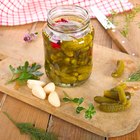
How to Dry Pack Long-Term Food in Mason ...

How to Whiten Jeans

List of Ways to Conserve Mother Nature

Can I Freeze Wheat Berries?
How Long Are Canned Meat & Vegetables ...
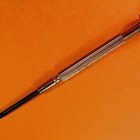
How to Change a Fossil Watch Battery

Food for Primitive Camping
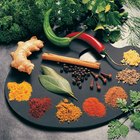
Can Bugs Grow in Spices Such As Paprika?
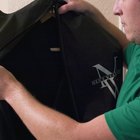
How to Store Clothes in Storage
References
Writer Bio
Erica Leigh has been writing and editing professionally since 2005, contributing to a technology and education nonprofit, renewable energy companies and various websites. Leigh holds bachelor's degrees in anthropology and linguistics from the University of Washington.
Photo Credits
Jeffrey Hamilton/Photodisc/Getty Images